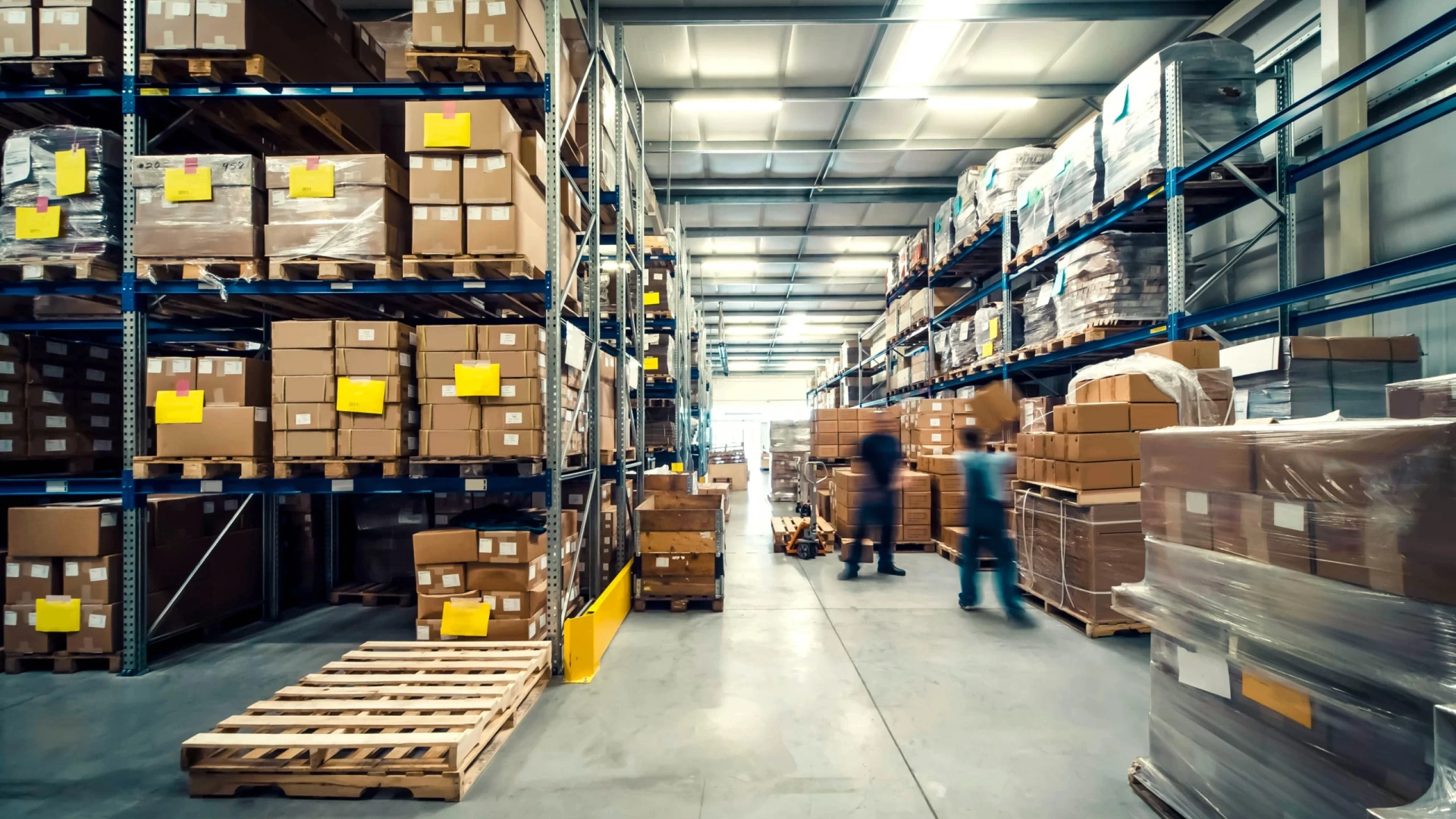
Adapting to E-Commerce Growth: Challenges and Opportunities for 3PL Fulfillment Providers
The rapid rise of e-commerce has transformed the logistics industry, presenting both opportunities and challenges for third-party logistics (3PL) providers. As more consumers turn to online shopping for convenience, speed, and variety, the demand for efficient and scalable 3PL fulfillment services has surged. In this article, we explore how companies like Tetris3PL can navigate these changes, optimize operations, and stay ahead in a competitive market.
The Impact of E-Commerce on 3PL
E-commerce has grown exponentially, with global online sales exceeding $6.3 trillion in 2024. This shift has increased the demand for warehousing, order fulfillment, and last-mile delivery, putting pressure on 3PL fulfillment centers to enhance their capabilities. Unlike traditional retail, where large quantities of goods are sent to a limited number of stores, e-commerce fulfillment involves processing and shipping thousands of individual orders daily to various locations.
For fulfillment providers, this means investing in technology, expanding warehouse capacity, and optimizing transportation networks to meet the needs of modern e-commerce businesses. The companies that can adapt quickly to these changes will gain a significant competitive advantage.
Key Challenges Facing 3PL Fulfillment Companies in the E-Commerce Era
1. Scalability and Flexibility
E-commerce demand fluctuates significantly, with peak seasons like Black Friday and holiday shopping periods bringing massive order surges. To manage these variations, 3PL fulfillment centers must have:
- Flexible staffing solutions to accommodate seasonal demand.
- Advanced warehouse management systems (WMS) that optimize inventory tracking.
- Scalable strategies that allow for rapid expansion or contraction as needed.
2. Last-Mile Delivery Optimization
The final leg of delivery is often the most challenging and expensive part of the supply chain. Customers expect fast and affordable shipping, and companies that fail to meet these expectations risk losing business. To enhance last-mile efficiency, 3PL fulfillment services are:
- Partnering with local courier networks to improve delivery speed.
- Utilizing route optimization software to reduce costs and transit times.
- Exploring micro-fulfillment centers in urban areas to enable same-day or next-day deliveries.
3. Returns Management
The rise of e-commerce has also led to an increase in return rates, particularly in industries like apparel and electronics. Handling returns efficiently is essential for maintaining customer satisfaction and reducing operational costs. A well-structured returns management system should include:
- Automated return processing to streamline refund or replacement orders.
- Clear return policies to minimize disputes.
- Strategies for restocking, refurbishing, or reselling returned goods.
4. Technology Integration
A seamless connection between e-commerce platforms and 3PL fulfillment providers is crucial for efficient order fulfillment. Businesses using Shopify, Amazon, or WooCommerce expect real-time inventory updates, automated order processing, and transparent tracking. To meet these demands, 3PL companies should:
- Invest in API-driven integrations that sync with multiple sales channels.
- Utilize AI and machine learning for demand forecasting and warehouse optimization.
- Implement robotic automation in fulfillment centers to speed up processing times.
5. Rising Operational Costs
Labor shortages, increasing fuel prices, and warehouse rental rates are all contributing to higher costs for logistics providers. To mitigate these challenges, 3PL fulfillment companies must focus on:
- Energy-efficient warehouse operations to reduce electricity costs.
- Automation and robotics to lower dependency on manual labor.
- Consolidation strategies to optimize transportation and reduce empty miles.
Opportunities for Growth in the E-Commerce Space
While these challenges are significant, they also present opportunities for fulfillment centers that are willing to innovate and evolve.
1. Value-Added Services
Many e-commerce brands are looking for more than just basic fulfillment—they want partners who can offer additional services, such as:
- Kitting and bundling for subscription boxes.
- Custom packaging to enhance brand identity.
- Quality control inspections to maintain product standards.
By providing these services, 3PLs can differentiate themselves and attract more clients.
2. Sustainable Logistics Solutions
Sustainability is becoming a priority for consumers and businesses alike. To stay competitive, 3PL fulfillment services should implement:
- Eco-friendly packaging options, such as biodegradable materials.
- Green shipping initiatives, like carbon-neutral delivery programs.
- Energy-efficient warehouse designs that utilize renewable energy sources.
3. Cross-Border E-Commerce Fulfillment
With more businesses expanding internationally, 3PL fulfillment companies have an opportunity to offer cross-border fulfillment solutions, including:
- Managing customs clearance and import/export regulations.
- Establishing strategic warehouse locations for faster international shipping.
- Providing localized return options to reduce costs for global customers.
4. Leveraging Data Analytics for Optimization
Data-driven decision-making can help 3PL fulfillment providers improve efficiency and profitability. By leveraging analytics, companies can:
- Optimize inventory levels to prevent stockouts or overstocking.
- Predict peak demand periods and prepare accordingly.
- Improve routing strategies to reduce delivery times and costs.
How Tetris3PL is Adapting to E-Commerce Growth
At Tetris3PL, we understand the fast-paced nature of e-commerce and have tailored our 3PL fulfillment services to meet the demands of online retailers. Our capabilities include:
- DTC Fulfillment: Fast, accurate order processing and shipping for direct-to-consumer brands.
- Amazon Prep Services: Ensuring products meet Amazon’s strict fulfillment requirements.
- B2B and Wholesale Fulfillment: Supporting larger bulk shipments for businesses.
- Cross-Docking and Freight Forwarding: Reducing storage time and accelerating distribution.
- Returns Management: Streamlining the process to ensure efficiency and customer satisfaction.
Our fulfillment center, strategically located in Las Vegas, Nevada, offers proximity to major shipping hubs, enabling faster and more cost-effective deliveries. With our advanced WMS, seamless e-commerce integrations, and commitment to innovation, we empower businesses to scale and succeed in the evolving e-commerce landscape.
Conclusion
The e-commerce boom presents both significant challenges and tremendous opportunities for 3PL fulfillment companies. By embracing technology, optimizing logistics operations, and offering value-added services, companies like Tetris3PL are well-positioned to thrive in this dynamic environment. As online shopping continues to evolve, the logistics industry must remain agile, innovative, and customer-focused to meet the ever-changing needs of e-commerce brands and consumers alike.
Looking for a reliable 3PL fulfillment partner to support your growing e-commerce business? Contact Tetris3PL today and let us help you navigate the future of logistics with efficiency and expertise.
